The first thing you need to know about traditional Mayan writing is that it is phonetic. Symbols represent sounds. To write a word you group together the symbols for the word’s sounds. (Mayan inscriptions also used some logographic symbols perhaps for stylistic reasons. Here we focus on phonetic writing.)
The second thing you need to know about Mayan phonetic writing is that each symbol represents either a vowel sound or a consonant and vowel pair. It uses symbols for short syllables, there is no way to write bare consonants sound we do with our alphabet.
Let’s take a quick look at some Mayan phonetic symbols.
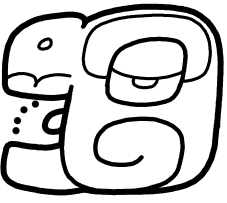 | 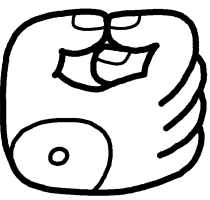 | 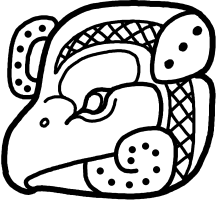 | 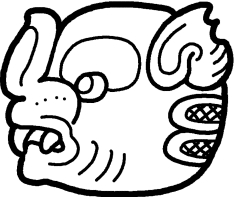 | 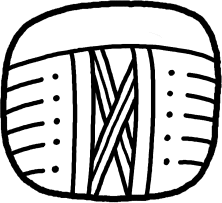 |
| a | chi | li | tz’i | to |
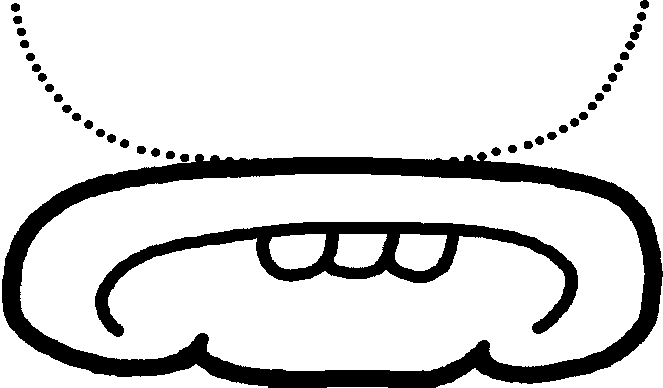 | 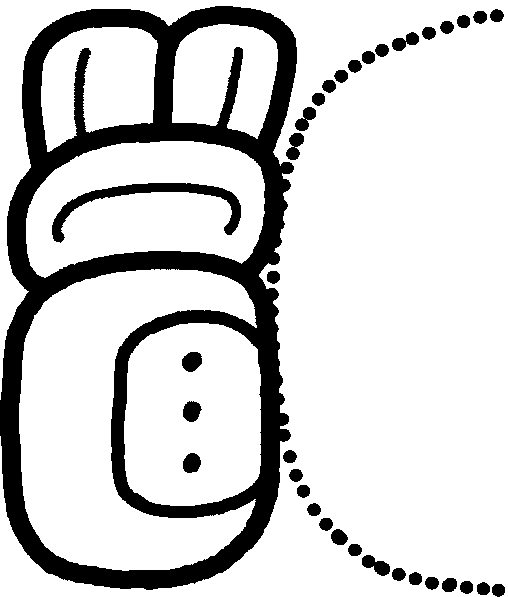 | 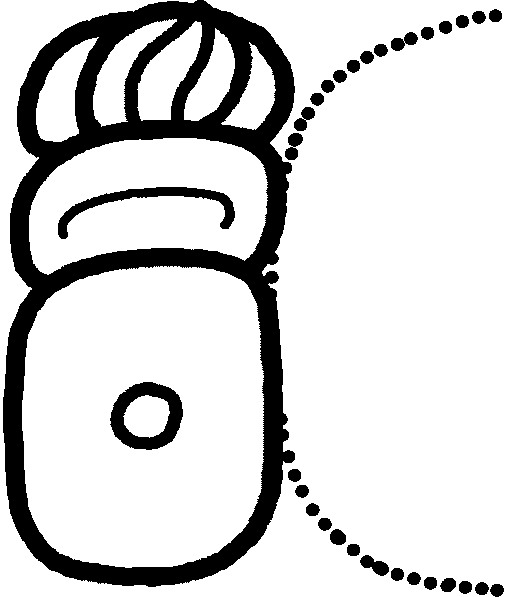 | 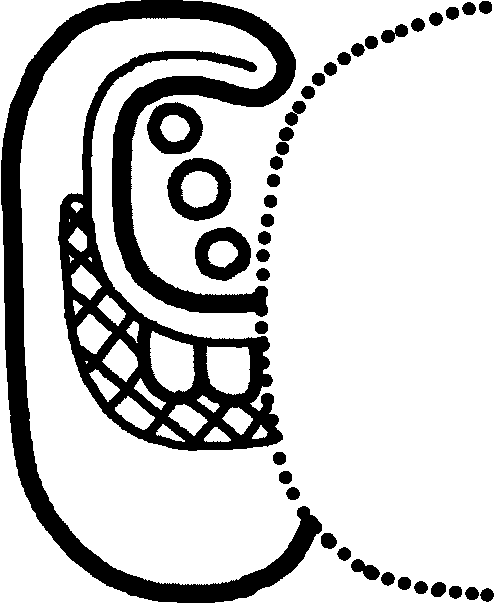 |  |
| na | si | ti | ja | o |
The third thing you need to know about Mayan phonetic writing is that there are two kinds of symbols: main and affix. (Did you know affix is a term for something that can be a prefix of a suffix?) In the table above the first row of glyphs are main glyphs. They are roughly square. The second row of glyphs are narrower with dotted lines. These dotted lines are placeholders that are explained below.
The last thing you need to know about Mayan phonetic writing (for now) is how symbols in the writing system are combined to form a word. In English, the convention is to write the symbols on a line going from left to right and words separated by spaces. To write a word the Mayan put affix glyphs around a main glyph. Affix glyphs are rotated as needed to fit on any side of the main glyph. Consider one of my favorite words:

It uses three glyphs, one main glyph and two affix glyphs. Both affix glyphs have been rotated. The standard reading order for “glyph blocks” is left to right and then top to bottom. To read this block start in the top left and find the sound for the left affix glyph, then read the main glyph and finally the bottom affix glyph. You should work through these steps. Reading these symbols in the correct order produces the sounds o-to-ti. That’s the ancient Mayan word for “home”. They pronounce it something like “otoot”. As in this case, the final written vowel is often silent.
Here’s some simple words you can practice reading with the Ancient Maya App.